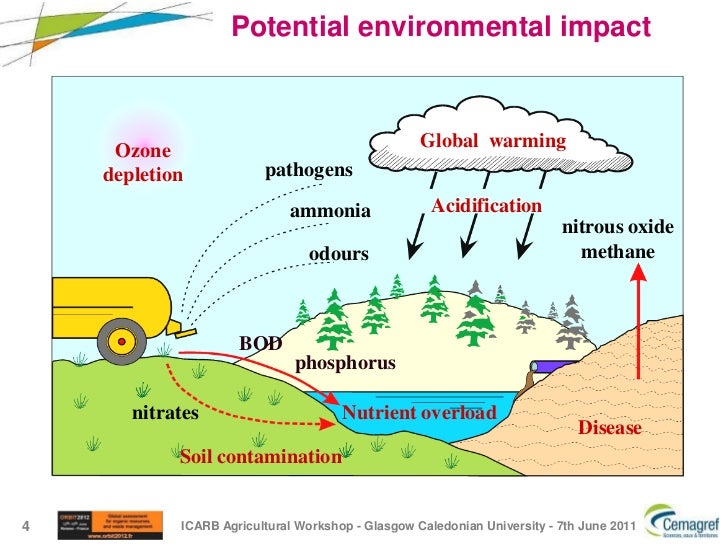Now, we are going to discuss about the Green House Effect which affect our agriculture...

The greenhouse effect is the process by which radiation from a planet's atmosphere warms the planet's surface to a temperature above what it would be in the absence of its atmosphere and too much greenhouse gases are trapped make the temperature of the planet increases.

The impact of greenhouse effect on agriculture:
- The crop yield increases when the carbon dioxide increases because more photosynthesis can be carry.
- The yield nutrient quality become low although the quantity of yield increases.
- More diseases and more pest problem.
- Affect life cycle of pest and pathogen.
- More rainfall make soil erosion by water while less rain fall cause wind erosion.Both will cause the soil become lower nutrient.




